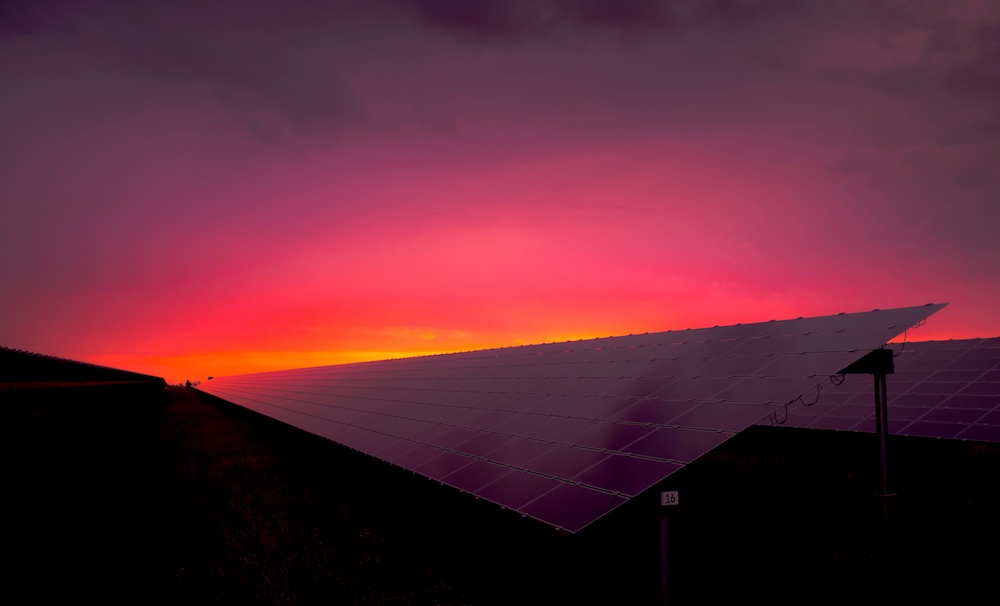Here’s how we transition to a clean energy future
It goes without saying that climate change is here in Wisconsin. The major flooding that devastated communities in every corner of the state last summer showed us how we are already feeling the effects of a warming planet.
We need to significantly cut our carbon emissions in order to avoid irreversible damage to our planet. In order to do that, we need a goal and a path forward.
As part of his budget proposal, Governor Evers pledged our state to a 100% carbon-free electricity goal by 2050, and he announced Wisconsin was joining the U.S. Climate Alliance. The Climate Alliance is a group of governors committed to implementing goals of the Paris Climate Accord targeting reductions in carbon emissions by 26 percent to 28 percent by 2025.
These commitments to curbing climate change are the first we have seen by a Wisconsin governor in nearly a decade. We see this as the necessary beginning to an open conversation
But how do we get there?
In order to achieve the 100% carbon-free electricity goal in Wisconsin, we need to make big investments across the board to transition electricity generation towards solar and wind.
Already, we’re seeing major commitments by utilities to replace outdated coal and gas power plants with wind farms and solar projects. That’s because electricity from wind and solar is significantly cheaper than coal and gas. Most recently, the Public Service Commission approved the Badger Hollow Solar Farm, a 300-megawatt solar farm in Southwest Wisconsin.
Additionally, over 4,500 megawatts of additional large-scale solar projects are under consideration in Wisconsin.
The rise of cheap renewable energy like solar and the growth of storage technologies is quickly making fossil fuel electricity generation—even gas—obsolete and unnecessary. At the pace of renewable development, investing in new gas plants is not only risky business, it also unnecessarily pumps more carbon into the atmosphere.
All Wisconsin utilities have made commitments to reduce their carbon emissions, but we are challenging all utilities to commit to a 100% carbon-free future and to accelerate the timeframe in which they achieve their stated goal.
In addition, we are continuing to see bold local initiatives across the state to adopt clean energy plans and reduce emissions, from Dane County, Madison, Monona, Middleton, Eau Claire and Green Bay to the Fox Cities and Racine. In city and county halls across Wisconsin, there is a strong commitment to transition to clean energy.
By replacing fossil fuel electricity with wind and solar generation, we will see drastic reductions in carbon emissions in Wisconsin. But we also need to make sure that cost-effective measures, like energy efficiency, providing customers more opportunities to be engaged in their energy management, and renewables and energy storage, serve as the backbone of the transition.
Clean Wisconsin will be a leading voice in encouraging a thoughtful yet rapid transition to clean energy that will drastically cut carbon emissions, protect public health, boost our economy, and create jobs. But we need your help to make it a reality.
As concerned citizens, you have the power to put pressure on our elected leaders to make the changes necessary to deal with climate change, the greatest challenge of our lifetimes. Your continued engagement is critical to help push our state to boldly address the pressing climate change and energy issues facing us. Sign up for our Action Network today at www.cleanwisconsin.org/act.

